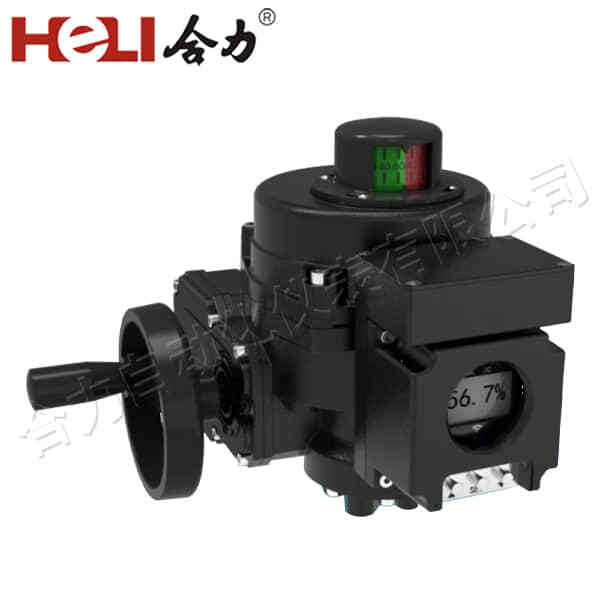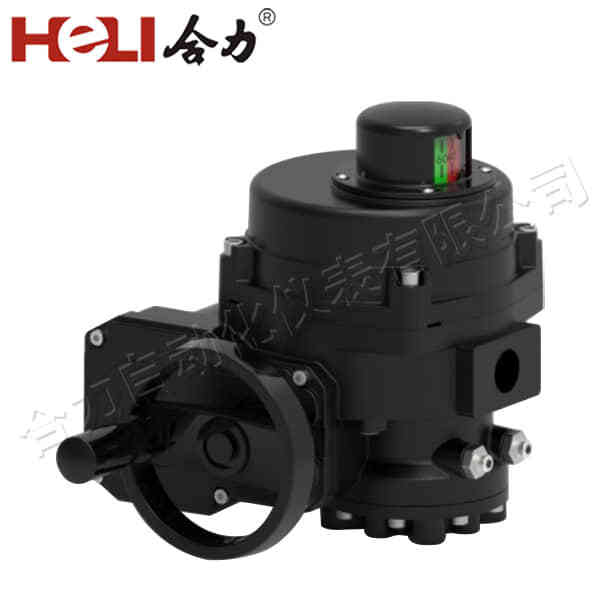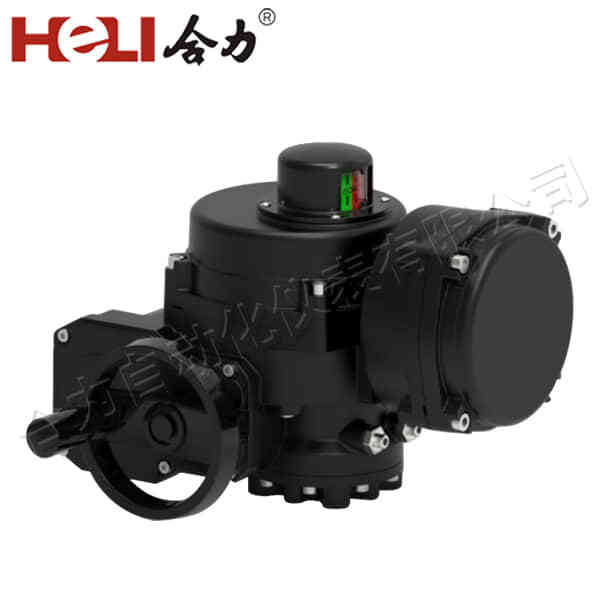Electric actuators are devices that convert electrical energy into mechanical motion. They are a vital component in modern automation, used to control various processes in industries such as manufacturing, robotics, HVAC, and automotive applications. These actuators replace traditional pneumatic and hydraulic actuators, offering more precision, easier control, and reduced maintenance. As industries move toward more energy-efficient and environmentally friendly technologies, electric actuators have gained prominence for their ability to integrate seamlessly into automated systems. This article will explore how electric actuators work, their types, advantages, and applications, providing a comprehensive understanding of this essential technology.

How Electric Actuators Work

Electric actuators function by converting electrical power into mechanical movement, typically using a motor. The motor drives a mechanical component, such as a screw, gear, or belt, which generates the desired linear or rotary motion. When an electrical current is applied, the motor’s rotor turns, creating a torque that is transferred through mechanical linkage to perform work. In some actuators, the conversion mechanism may involve a simple linear motion (like in a linear actuator) or rotational motion (like in a rotary actuator). The control of the electric actuator can be achieved through various methods, such as using a simple switch, variable resistor, or through complex feedback systems, depending on the required precision and application. Electric actuators often incorporate sensors and controllers to monitor position, velocity, and force, ensuring the output remains accurate and within the desired parameters.
